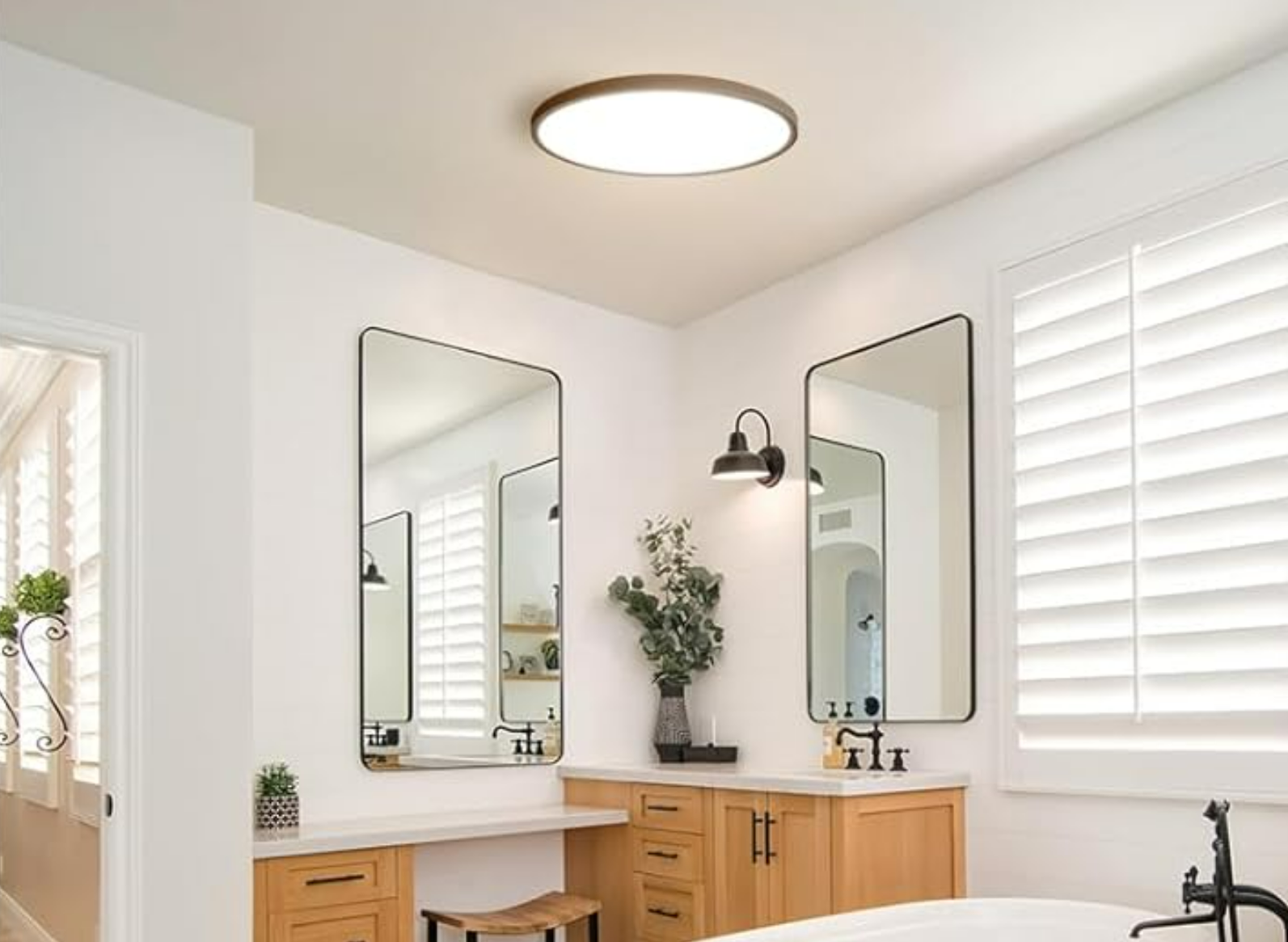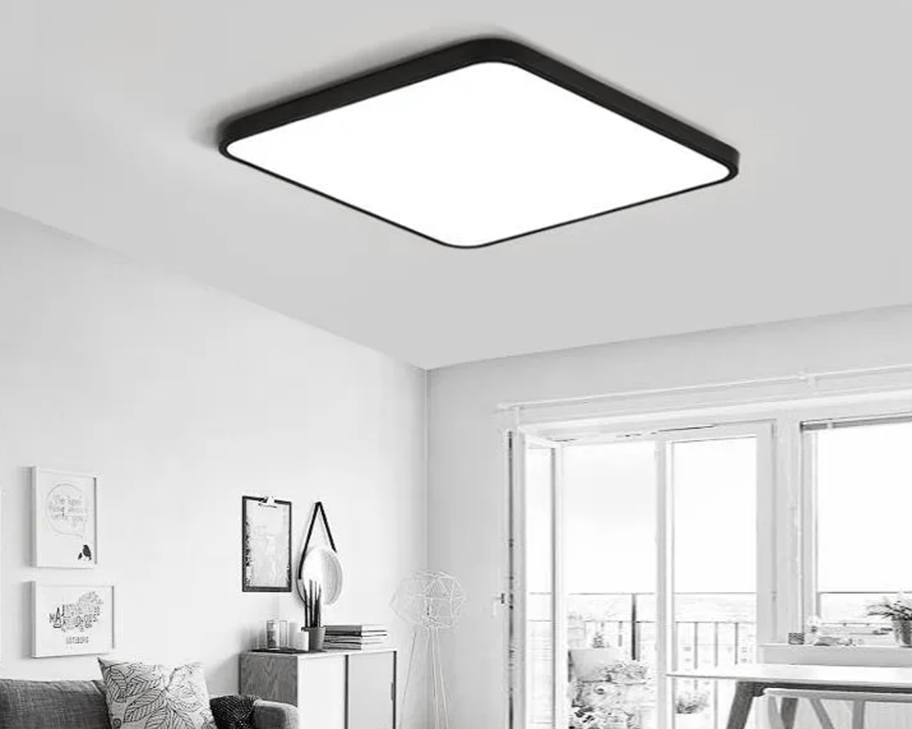In contemporary lighting design, understanding IP ratings is essential. IP54 and IP44 LED ceiling lights offer different levels of protection against dust and moisture, making them suitable for distinct environments.

IP Ratings and What They Mean
IP stands for Ingress Protection. The first digit indicates solid particle protection, and the second digit indicates liquid ingress protection.IP44: Protected against splashing water from any direction and against solid objects larger than 1 mm. Ideal for environments with moderate moisture.IP54: Totally dust-protected (dust may enter, but not in a quantity that interferes with operation) and protected against water splashes from any direction. Suitable for more challenging conditions.
Benefits of IP44 LED Ceiling Lights
Bathroom and Moisture-Prone Areas: IP44 is a common choice for bathrooms, powder rooms, and kitchens where occasional water exposure occurs.
Versatile Indoor Use: These fixtures work well in laundry rooms, basements, and covered outdoor spaces that aren’t directly exposed to heavy rain.
Energy Efficiency: Like other LED solutions, IP44 ceiling lights typically offer long life, low heat, and reduced energy bills.
Design Flexibility: Available in a range of styles—from minimalist panels to decorative profiles—allowing you to match decor while staying protected.

Benefits of IP54 LED Ceiling Lights
Dust and Moisture Resistance: IP54 provides better protection in dusty environments and higher moisture exposure, such as heavily damp kitchens and utility areas.
Commercial and Industrial Applications: IP54 fixtures are popular in commercial corridors, laboratories, workshops, and covered outdoor walkways where reliability is critical.
Durability and Longevity: The enhanced protection often translates to longer service life in demanding conditions.
Consistency in Performance: With reliable ingress protection, LED performance remains stable, reducing maintenance needs.
Choosing Between IP54 and IP44
Environment: If the space sees occasional splashes but minimal dust, IP44 may suffice. For areas with more dust or stronger moisture exposure, IP54 is advisable.
Aesthetics and Fixtures: Both ratings come in diverse form factors—recessed ceiling lights, surface-mounted panels, and round or square designs. Consider how the fixture integrates with ceiling height and room style.
Maintenance: Higher IP ratings often mean more robust housings and seals, potentially lowering maintenance frequency in harsher settings.
Budget: IP54 fixtures can be marginally more expensive due to enhanced sealing, but the trade-off is improved longevity in challenging spaces.

Market Trends and Practicality
The market offers a broad spectrum of IP54 and IP44 LED ceiling lights, ranging from ultra-slim panels to robust industrial luminaires.Energy efficiency remains a core advantage, with many models achieving long lifespans and low maintenance costs.Smart lighting integrations are increasingly common, with IP-rated fixtures compatible with sensors and remote control systems.
IP54 LED ceiling lights and LED ceiling light IP44 each serve distinct needs. For bathrooms and sheltered indoor spaces with moderate moisture, IP44 is typically sufficient. For dust-prone or more moisture-heavy environments, IP54 delivers greater protection and peace of mind. By assessing the space’s exposure, design goals, and budget, you can select the right IP-rated ceiling light to ensure durable, efficient, and elegant illumination.


